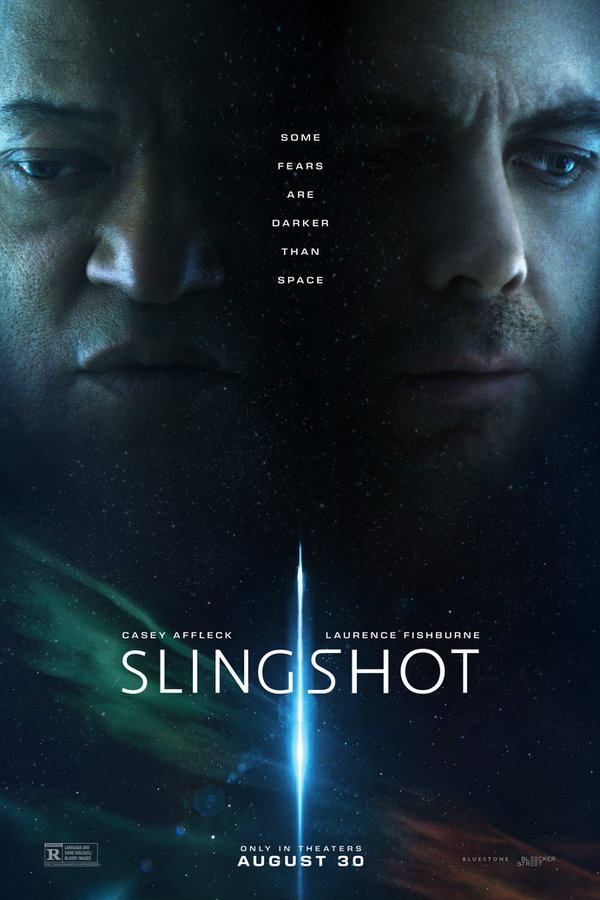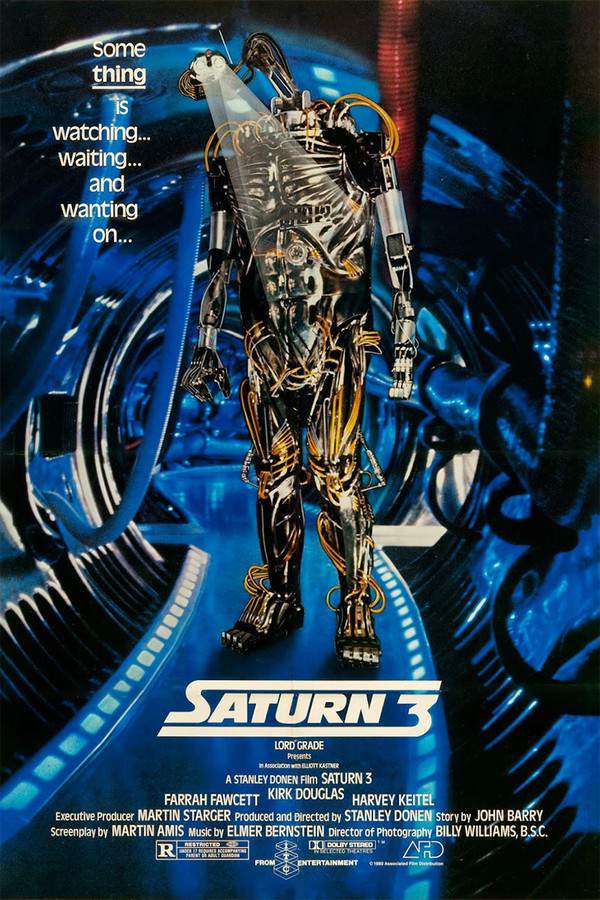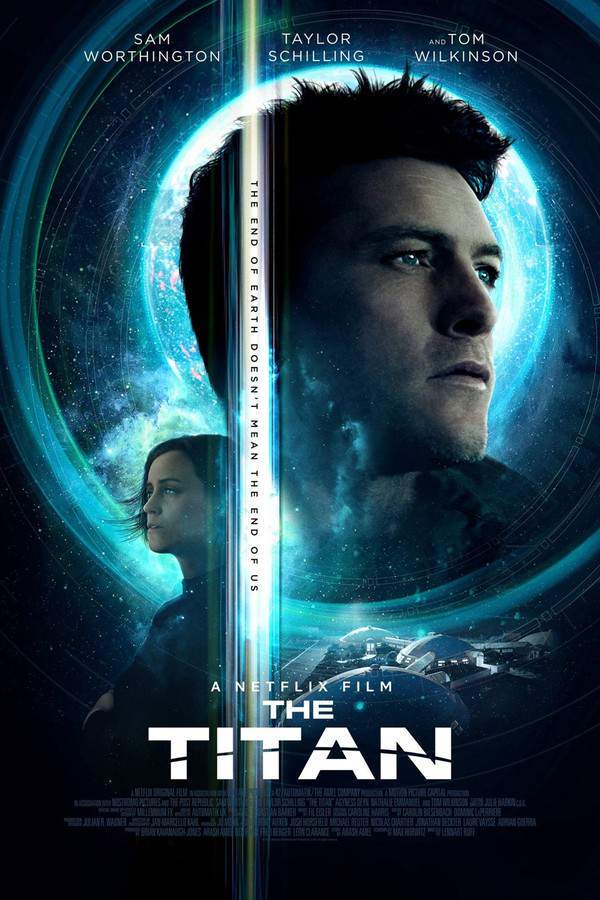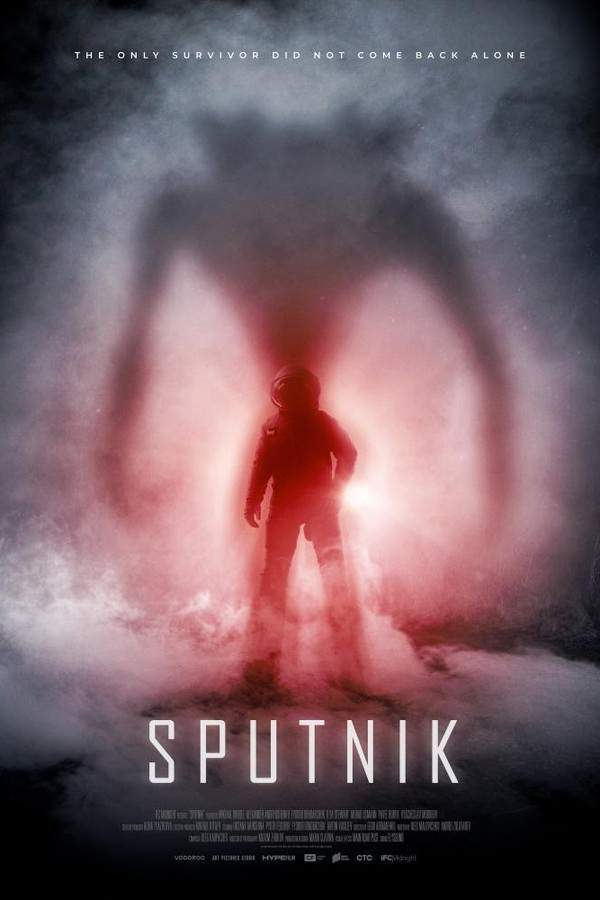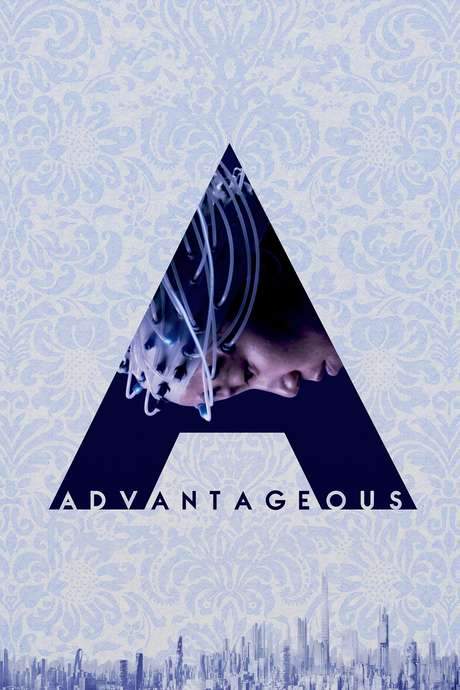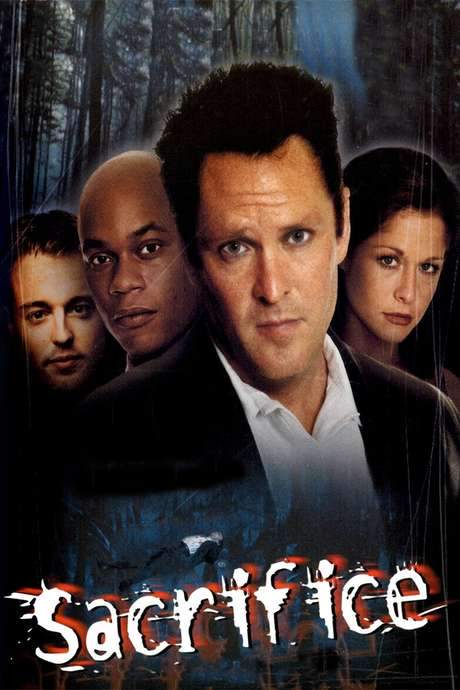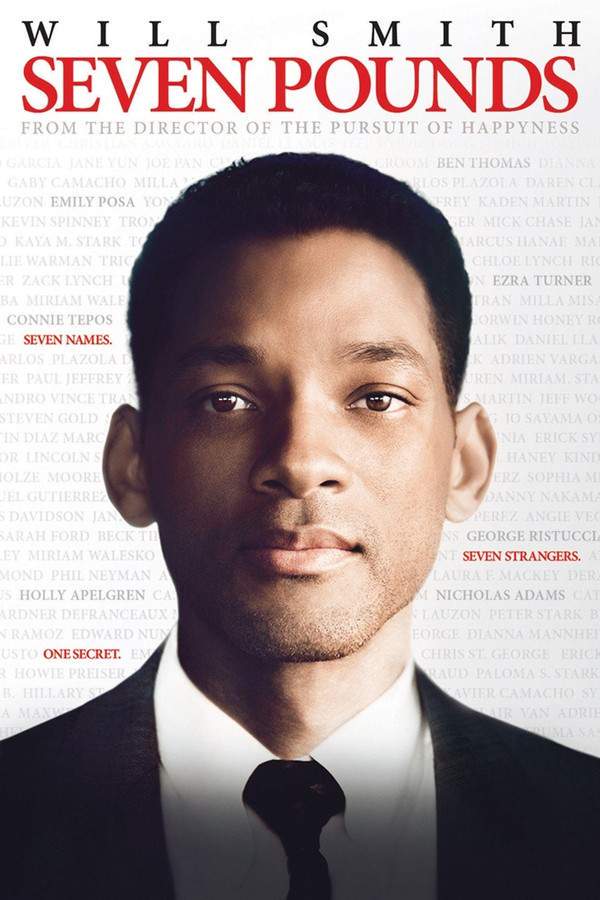
Native
Year: 2016
Runtime: 86 mins
Language: English
Director: Daniel Fitzsimmons
Two scientists are selected to travel across the universe to the source of a distant transmission and potential life.
Warning: spoilers below!
Haven’t seen Native yet? This summary contains major spoilers. Bookmark the page, watch the movie, and come back for the full breakdown. If you're ready, scroll on and relive the story!
Native (2016) – Full Plot Summary & Ending Explained
Read the complete plot breakdown of Native (2016), including all key story events, major twists, and the ending explained in detail. Discover what really happened—and what it all means.
Two sets of mixed fraternal twins, Cane Rupert Graves and Awan Leanne Best, as well as Eva Ellie Kendrick and Seth Joe Macaulay, inhabit an unnamed planet where people are linked by telepathic “hive minds” through devices implanted in the back of their necks. Their society is relentlessly logical and utilitarian, valuing efficiency and order above emotion or chaos, and their unique bond gives them an unusually strong telepathic rapport. Because of this closeness, they are chosen for a high-stakes colonization mission to Earth after a space probe transmits Beethoven’s Fifth, which the crew quickly recognizes as evidence of intelligent life—though its true purpose remains unclear, as there appears to be little or no art on their world. The mission is overseen by authorities who confirm that Cane and Eva will pilot the voyage, while Awan and Seth serve as their contact at Mission Control, making each astronaut’s only link to home a direct line to their twin. A live virus is also aboard, adding an ominous layer of risk to the undertaking.
From the outset, Cane’s fascination with music hints at a growing deviation from strict protocol, a development Eva already finds unsettling. After Awan becomes pregnant, she dies along with the fetuses she was carrying, an event that unsettles Cane deeply and pushes him toward displays of humanity that feel both hopeful and dangerous. He begins to seek a closer, more personal connection with Eva, crafting small, tactile symbols—a pendant fashioned from garbage and broken glass for himself and a drawing for Eva—that reveal a longing to understand and be understood beyond their hive-minded conditioning. His distress deepens to the point of considering self-harm, and Eva is forced to intervene when he attempts suicide. Yet even as Eva saves him, Cane’s lingering curiosity leads him to press for physical closeness, despite Eva’s clear reluctance.
As the ship nears Earth, Mission Control, via Seth, instructs Eva to steer the craft toward a body of water near a city and to release a live virus intended to eradicate humanity in preparation for colonization. Cane responds by severing his telepathic connection to the ship, using a shard of broken glass to cut the telepathic receiver from his neck, a desperate bid to regain autonomy. He enters a room that contains what appear to be fetuses in artificial wombs, but the true nature of these devices—or the virus itself—remains ambiguous. He makes a valiant but flawed attempt to shut down the virus program before Eva subdues him and places him in a stasis chamber.
To fulfill the virus’s requirement to interact with human DNA, Eva goes out to extract a DNA sample. She confronts a woman who resists her, and Eva ends the encounter by stabbing her to obtain the necessary DNA. She is troubled by the act, even as Seth continues to push the mission’s agenda. Back in the room with the fetuses, Eva grapples with a harsh, merciless calculus: she tries to rationalize that humanity might be less valuable than her own people because Earth does not share the same “hive mind.” Cane, meanwhile, returns with a shard and tries to enlist Eva’s help, but her resolve falters under the weight of the ethical and existential stakes they face.
The two fearfully confront the ethical paradox of their mission as Eva attempts to justify erasing humanity for the sake of their colony. Cane’s insistence on human connection clashes with Eva’s treacherous duty, and Beethoven’s Fifth resumes its haunting presence, underscoring the alien conflict between art, emotion, and duty. Eva ultimately frees herself from the telepathic leash by severing the neck implant, while Cane and Eva decide to contain the virus aboard the ship rather than unleash it on Earth. As an alarm sounds, they depart the vessel, cut off from their home world and unable to speak the language they once shared with it. In their final moment of mutual fear and tenderness, they acknowledge the uncertainty of what comes next while clinging to a fragile resolve to endure whatever remains.
Last Updated: October 09, 2025 at 16:01
Explore Movie Threads
Discover curated groups of movies connected by mood, themes, and story style. Browse collections built around emotion, atmosphere, and narrative focus to easily find films that match what you feel like watching right now.
Tense sci-fi mission dramas like Native
Crews on tense journeys face impossible ethical choices in deep space.For viewers seeking movies like Native, this section collects science fiction films where tense, high-stakes space missions force characters into profound moral dilemmas. These stories share a heavy emotional weight, clinical settings, and a steady pacing that builds to a somber or bittersweet conclusion.
Narrative Summary
Narratives typically follow a linear mission structure that slowly introduces an ethical crisis, forcing characters to weigh utilitarian logic against their humanity. The journey is less about action and more about the psychological unraveling and the heavy cost of survival or success.
Why These Movies?
These films are grouped by their shared atmosphere of claustrophobic tension, high emotional stakes, and a dark, philosophical tone. They explore similar themes of duty, sacrifice, and the erosion of identity under extreme pressure.
Movies with bittersweet endings like Native
Victories that feel like losses, where personal cost defines the outcome.If you appreciated the complex, somber conclusion of Native, this list features films with similarly bittersweet endings. These movies often involve themes of self-sacrifice and moral choices, leaving viewers with a heavy but thoughtful emotional resonance rather than a simple happy or sad resolution.
Narrative Summary
The narrative pattern involves characters making an ultimate sacrifice—of their happiness, their past, or their very selves—to secure a greater good or avert a catastrophe. The ending acknowledges the success but heavily lingers on the personal defeat and isolation it created.
Why These Movies?
They are united by a specific emotional payoff: an ending that is neither purely happy nor tragic, but a poignant mixture of both. The shared experience is one of thoughtful melancholy after a heavy journey, where the victory is deeply tempered by loss.
Unlock the Full Story of Native
Don't stop at just watching — explore Native in full detail. From the complete plot summary and scene-by-scene timeline to character breakdowns, thematic analysis, and a deep dive into the ending — every page helps you truly understand what Native is all about. Plus, discover what's next after the movie.
Native Timeline
Track the full timeline of Native with every major event arranged chronologically. Perfect for decoding non-linear storytelling, flashbacks, or parallel narratives with a clear scene-by-scene breakdown.

Characters, Settings & Themes in Native
Discover the characters, locations, and core themes that shape Native. Get insights into symbolic elements, setting significance, and deeper narrative meaning — ideal for thematic analysis and movie breakdowns.

Native Spoiler-Free Summary
Get a quick, spoiler-free overview of Native that covers the main plot points and key details without revealing any major twists or spoilers. Perfect for those who want to know what to expect before diving in.

More About Native
Visit What's After the Movie to explore more about Native: box office results, cast and crew info, production details, post-credit scenes, and external links — all in one place for movie fans and researchers.







